- Benefits of Using Humates for Plants
- Improving Soil Structure with Humates
- Benefits of humates for soil structure
- Preparing a humate solution for soil application
- Increasing Nutrient Availability with Humates
- Benefits of Increasing Nutrient Availability
- Preparing a Humates Solution
- Enhancing Plant Growth and Development
- Balancing pH Levels with Humates
- Why is pH Balance Important?
- How Do Humates Help Balance pH Levels?
- Using Humates to Balance pH Levels
- How to Prepare a Humate Solution
- Application Methods of Humate Solution
- 1. Foliar Application
- 2. Soil Drench
- 3. Seed Treatment
- 4. Hydroponic Systems
- 5. Compost and Organic Fertilizer Enhancement
- 6. Seedling Transplant Solution
- Q&A:
- What are humates and how do they benefit plants?
- How do humates improve soil structure?
- Can humates be used on all types of plants?
- How do I prepare a humate solution?
- Are there any precautions or considerations when using humates?
- Video: Humic and Fulvic Acid (From Ag PhD #1161 – Air Date 7-5-20)
In recent years, humates have gained popularity among gardeners and farmers for their numerous benefits to plants. Humates are organic compounds that are found in soil and are a rich source of humic acid, fulvic acid, and other trace minerals. These compounds have been found to improve soil fertility, enhance plant growth, and increase nutrient uptake.
One of the main benefits of using humates in gardening or farming is their ability to improve soil structure. Humates act as a natural soil conditioner, improving the texture and water-holding capacity of the soil. This helps to reduce compaction and increase aeration, allowing plant roots to penetrate deeper into the soil and absorb nutrients more efficiently.
Another advantage of using humates is their ability to stimulate microbial activity in the soil. Humic and fulvic acids found in humates provide a food source for beneficial soil microorganisms, such as bacteria and fungi. These microorganisms play a crucial role in breaking down organic matter and releasing nutrients for plant uptake. By enhancing microbial activity, humates promote healthy soil ecosystems and improve nutrient availability for plants.
To prepare a humate solution for plants, you can purchase commercially available humate products or make your own solution using humate powder or granules. To make a solution, mix the appropriate amount of humate product with water according to the instructions on the packaging. It is important to follow the recommended application rates to avoid any adverse effects on plants.
Remember to always conduct a soil test before applying humates to determine the specific needs of your soil and plants. Additionally, it is recommended to apply humates in conjunction with other organic fertilizers and amendments to maximize their benefits.
In conclusion, the use of humates in gardening and farming can greatly benefit plants by improving soil structure, enhancing nutrient availability, and stimulating microbial activity. Whether you choose to use commercially available humate products or make your own solution, incorporating humates into your gardening routine can lead to healthier and more productive plants.
Benefits of Using Humates for Plants
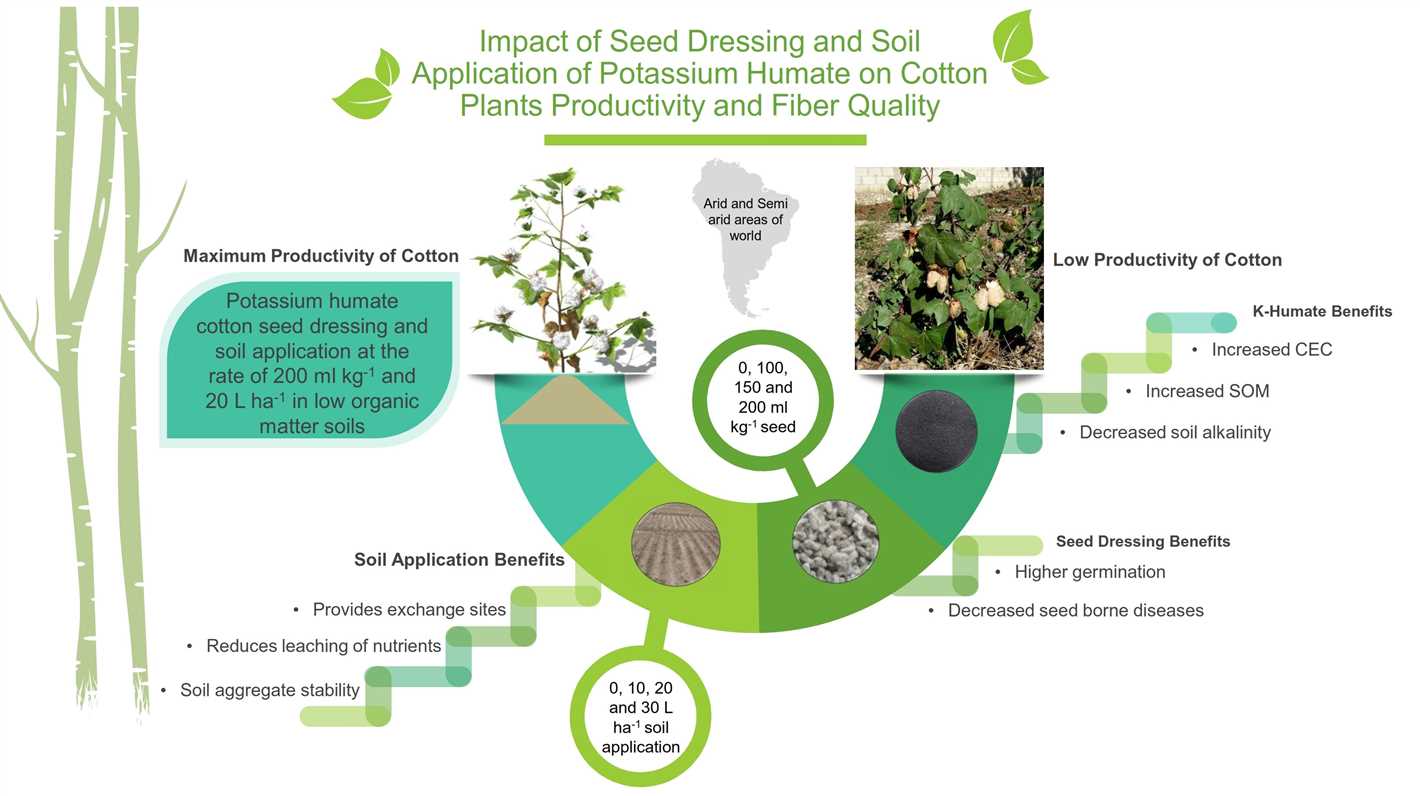
Humates, which are derived from the natural decomposition of organic matter, are highly beneficial for plants. They provide numerous advantages that can improve plant growth, health, and overall productivity. Some of the key benefits of using humates for plants are:
- Nutrient Retention: Humates have a high cation exchange capacity, which allows them to attract and hold onto essential nutrients such as nitrogen, phosphorus, and potassium. This ensures that plants have a steady supply of nutrients, even in nutrient-deficient soils.
- Improved Soil Structure: Humates act as natural soil conditioners, improving soil structure by making it more porous and loamy. This enhances the soil’s ability to retain moisture and nutrients, while also promoting root growth and development.
- Enhanced Nutrient Uptake: The presence of humates in the soil facilitates the uptake of nutrients by plants. They improve the availability and solubility of nutrients, making it easier for plant roots to absorb them.
- Stress Resistance: Humates help plants better withstand various stresses, including drought, extreme temperatures, and disease. They enhance plant resilience by improving water-holding capacity, increasing root development, and strengthening cell walls.
- Increased Microbial Activity: Humates provide a food source for beneficial soil microorganisms. These microorganisms break down and decompose organic matter, releasing nutrients and promoting healthy soil ecosystems.
- Environmental Sustainability: The use of humates for plant growth is environmentally friendly, as they are derived from renewable organic sources. Their application can reduce the need for synthetic fertilizers and promote more sustainable agricultural practices.
In summary, incorporating humates into plant care routines can have a range of positive effects on plant growth and health. From improving nutrient availability to enhancing soil structure and promoting stress resistance, humates provide valuable support to overall plant development and productivity.
Improving Soil Structure with Humates
Humates, also known as humic substances, are organic compounds that can greatly improve the structure of soil. They are derived from decomposed organic matter and are rich in nutrients and beneficial microorganisms.
Benefits of humates for soil structure
- Enhanced water retention: Humates improve the soil’s ability to hold and retain water. This is especially important in dry or sandy soils, as it allows plants to access the water they need for optimum growth.
- Better aeration: Humates help to create small channels and spaces in the soil, allowing air to circulate more freely. This improves the exchange of gases between the soil and plants’ roots, promoting healthier root development.
- Prevention of soil compaction: Compacted soil can hinder root growth and water penetration. Humates help to prevent soil compaction by improving its texture and increasing its porosity.
- Promotion of beneficial microbial activity: Humates provide a food source for beneficial microorganisms in the soil. These microorganisms help break down organic matter and release nutrients, making them more available to plants.
Preparing a humate solution for soil application
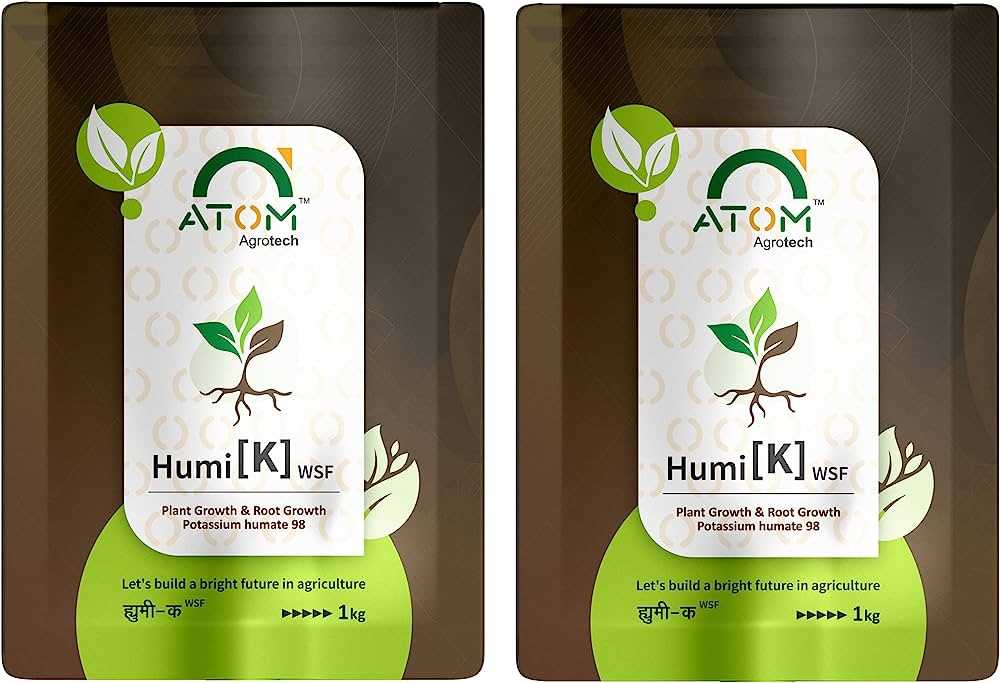
- Selecting the right humate product: There are different types of humate products available, including liquid concentrates, granular formulations, and powdered humates. Choose a product that is suitable for the needs of your plants and soil.
- Calculating the dosage: Follow the instructions on the product label to determine the appropriate dosage for your soil type and plant species.
- Mixing the solution: If using a liquid concentrate, mix the recommended amount with water according to the instructions. For granular or powdered humates, mix them well with water until a solution is formed.
- Applying the solution: Use a watering can or a sprayer to apply the humate solution to the soil. Make sure to cover the entire root zone of the plants.
- Repeat applications: Depending on the condition of your soil, you may need to make regular applications of humates to maintain soil structure and fertility. Follow the recommended application schedule provided by the product manufacturer.
In conclusion, using humates can greatly improve the structure of soil, leading to better plant growth and health. Consider adding humates to your soil management routine to reap the benefits they provide.
Increasing Nutrient Availability with Humates
Humates, also known as humic substances, can significantly increase the availability of nutrients to plants. These organic compounds are derived from decomposed plant and animal matter, and they have a unique ability to bind to minerals and make them more accessible to plants.
When applied to soil or used as a foliar spray, humates can improve the nutrient-holding capacity of the soil. They act as chelating agents, meaning that they form complexes with nutrients such as iron, zinc, manganese, and calcium. This makes it easier for plants to take up these essential nutrients.
Benefits of Increasing Nutrient Availability
- Enhanced plant growth and development
- Increased yield
- Improved nutrient uptake and utilization
- Stronger root development
- Enhanced resistance to stress, pests, and diseases
By increasing the availability of nutrients, humates can help plants reach their full potential and thrive in a variety of environmental conditions.
Preparing a Humates Solution
To prepare a humates solution for plants, follow these steps:
- Dissolve the desired amount of humates in water. The recommended dosage is usually mentioned on the product label.
- Stir the solution well to ensure the humates are fully dissolved.
- If necessary, adjust the pH of the solution to the desired range for your plants.
- Transfer the solution into a sprayer or watering can for application to soil or foliage.
It’s important to note that humates are typically used as a supplement to regular fertilization practices and should not replace a balanced nutrient management program.
In conclusion, using humates to increase nutrient availability can have numerous benefits for plants. By incorporating humates into your gardening or farming routine, you can promote healthy growth, improve nutrient uptake, and enhance overall plant health.
Enhancing Plant Growth and Development
Incorporating humates into plant care practices can significantly enhance plant growth and development. Here are some ways humates can benefit plants:
- Improved nutrient uptake: Humates have the ability to chelate nutrients, making them more available for plants to absorb. This helps in enhancing the overall nutrient uptake efficiency.
- Increased root development: Humates stimulate root growth and can promote the development of a well-established root system. This leads to enhanced water and nutrient absorption, resulting in healthier and more productive plants.
- Enhanced soil structure: Humates improve soil structure by increasing aggregation and reducing compaction. This allows for better aeration, water drainage, and root penetration.
- Improved soil fertility: Humates release essential macro and micronutrients into the soil as they break down. These nutrients are then readily available for plants to uptake, contributing to improved soil fertility.
- Stress tolerance: Humates enhance a plant’s ability to tolerate various types of stress, including drought, heat, and disease. They help in improving overall plant health and resilience.
- Increased plant productivity: The combined benefits of improved nutrient uptake, root development, soil fertility, and stress tolerance lead to increased plant productivity. Plants grown with humates tend to produce higher yields and have better quality.
It is important to note that the effectiveness of humates can vary depending on factors such as plant species, soil conditions, and management practices. It is recommended to follow specific guidelines for the application of humates and consult with experts for the best results.
Balancing pH Levels with Humates
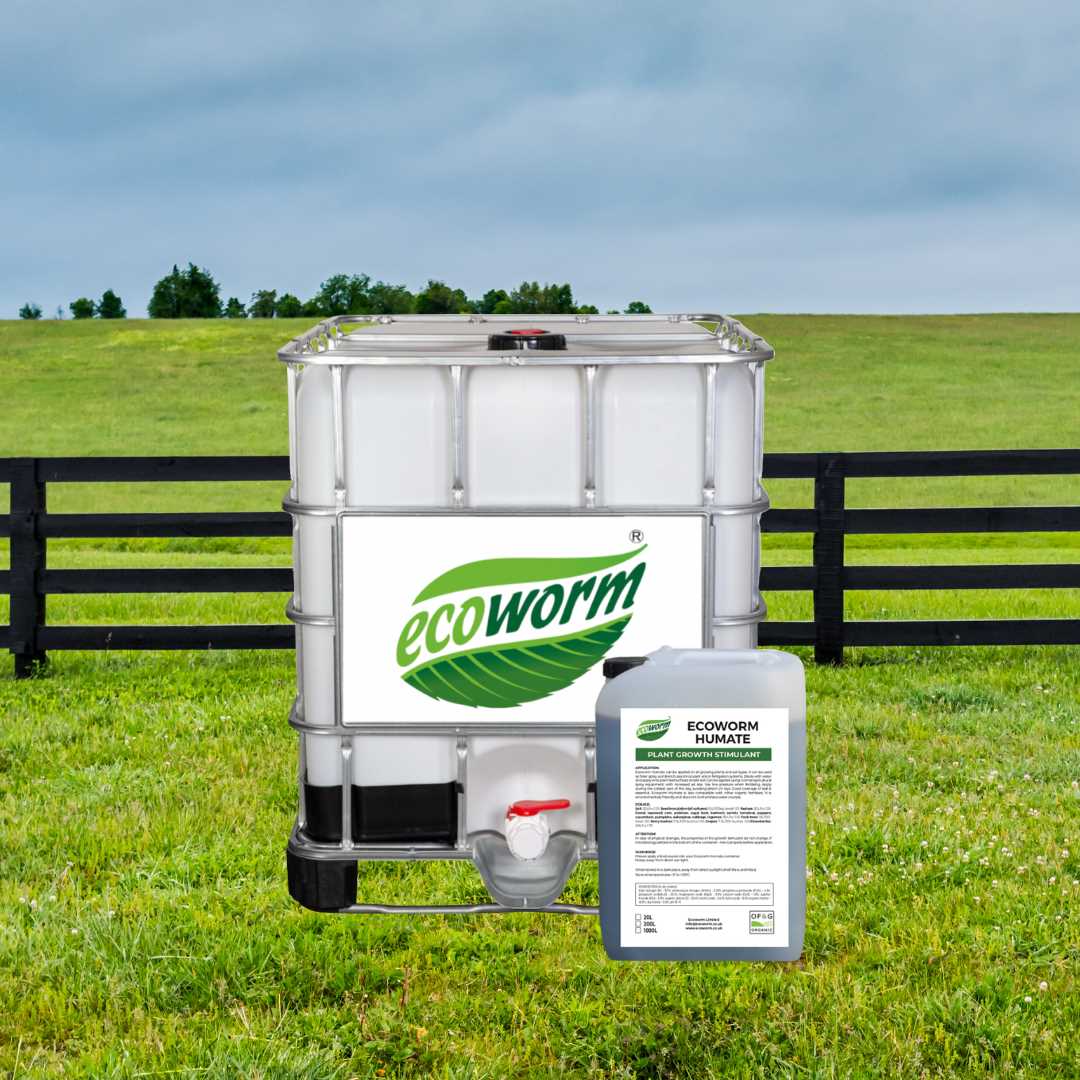
One of the many benefits of using humates in plant care is their ability to help balance pH levels in the soil. pH levels are a measure of the acidity or alkalinity of the soil, and maintaining the proper pH range is crucial for plant health and nutrient uptake.
Why is pH Balance Important?
The pH level of the soil affects the availability of essential nutrients to plants. Different nutrients are more readily available to plants at specific pH levels. For example, some nutrients like nitrogen and phosphorus are more accessible in slightly acidic soil, while others like calcium and magnesium are more accessible in slightly alkaline soil.
When the pH level is out of balance, plants may experience nutrient deficiencies or toxicities, which can lead to stunted growth, yellowing leaves, and reduced crop yields. By using humates to help balance pH levels, you can ensure that plants have optimal access to the nutrients they need.
How Do Humates Help Balance pH Levels?
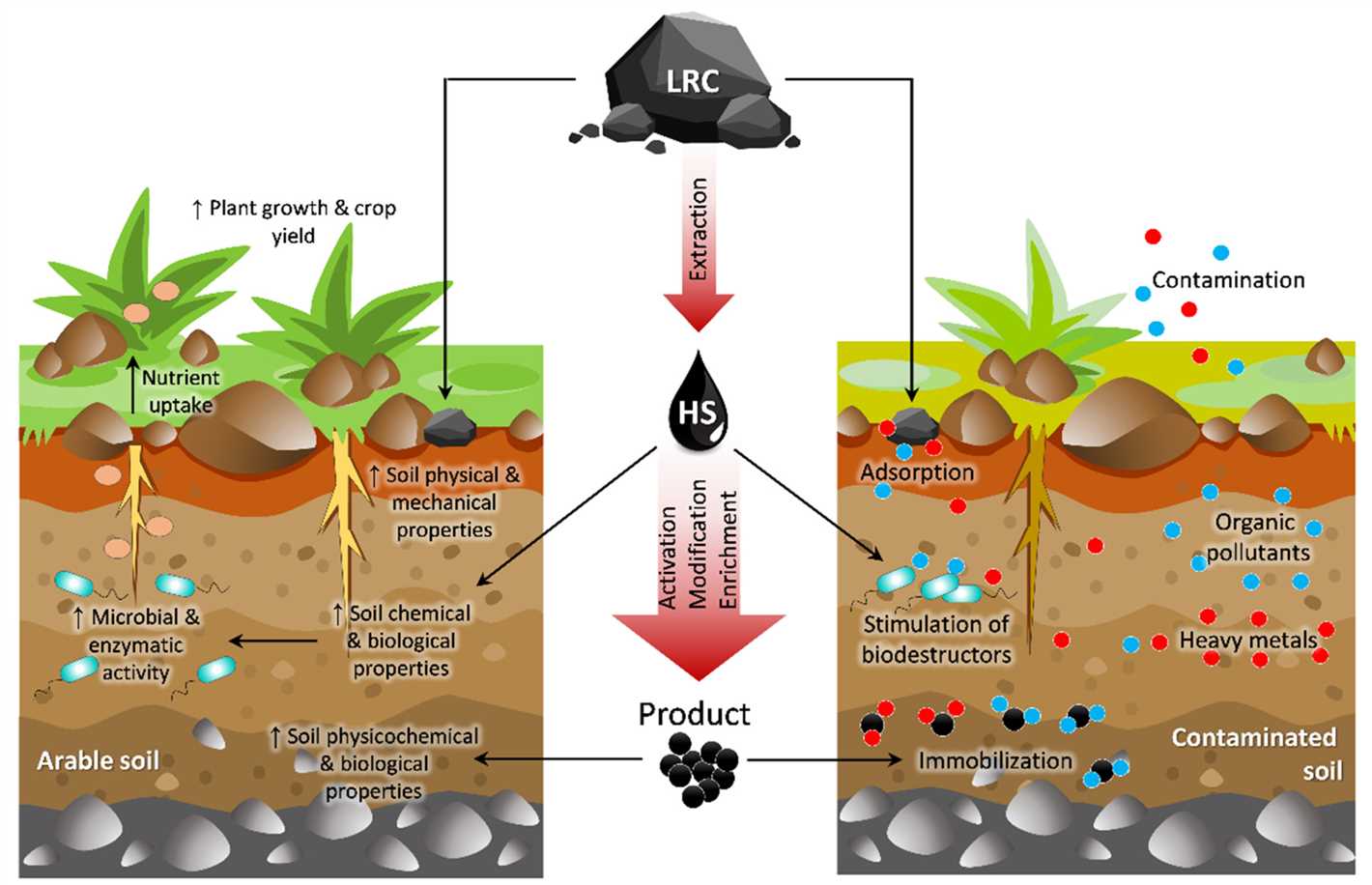
Humates have a buffering effect on soil pH, meaning they can help stabilize pH levels in the optimal range for plant growth. They have the ability to both raise and lower pH levels, depending on the current conditions of the soil.
When the soil is too acidic, humates can help raise the pH by neutralizing the excess acidity. On the other hand, when the soil is too alkaline, humates can help lower the pH by releasing organic acids that react with the alkaline compounds and reduce their impact.
Using Humates to Balance pH Levels
To use humates for balancing pH levels in the soil, you can apply them as a soil amendment or mix them into a solution for foliar spraying. Here are some steps to follow:
- Test the soil pH to determine if it is too acidic or alkaline.
- If the pH is too acidic, apply humates to raise the pH. Use a recommended dosage and mix them into the soil around the plant roots.
- If the pH is too alkaline, apply humates to lower the pH. Again, use a recommended dosage and mix them into the soil.
- For foliar spraying, dissolve the recommended amount of humates in water and spray the solution onto the leaves of the plants.
Remember to monitor the pH levels regularly and adjust the application of humates as needed to maintain the optimal pH range for your plants.
How to Prepare a Humate Solution
Preparing a humate solution is a simple process that can be done at home. By following these steps, you can ensure that your plants receive the benefits of humates:
- Choose the right humate product: There are different types of humate products available, such as liquid concentrates or powdered forms. Select the one that best suits your needs and follow the instructions provided by the manufacturer.
- Determine the correct dosage: The recommended dosage of humate solution can vary depending on the type of plant and its specific needs. Consult the product label or a gardening expert to determine the appropriate dosage for your plants.
- Dilute the humate product: If you are using a concentrated form of humate, dilute it with water as per the instructions. This will ensure that the humate solution is not too strong and does not harm your plants.
- Mix the solution thoroughly: Use a clean container and mix the humate solution well to ensure that it is evenly distributed. A stir stick or a mixing tool can be helpful in achieving a homogeneous solution.
- Apply the humate solution: Use a watering can or a sprayer to apply the humate solution to the soil around the base of your plants. Make sure to distribute the solution evenly to cover the entire root zone.
- Water the plants: After applying the humate solution, water your plants as you normally would. This will help the humates penetrate into the soil and reach the plant roots more effectively.
It is important to note that while humate solutions can be beneficial for plants, it is best to follow the recommended dosage and application instructions provided by the manufacturer. Too much humate solution can be harmful to your plants, so use it carefully and in moderation.
By preparing and applying a humate solution correctly, you can provide your plants with the many benefits of humates, including improved nutrient uptake, root development, and overall plant health.
Application Methods of Humate Solution
Humate solution can be applied to plants in various ways depending on the specific needs and preferences of the growers. Here are some common application methods:
1. Foliar Application
Foliar application involves spraying the humate solution directly onto the leaves of the plants. This method allows for quick absorption of the humates through the stomata on the leaf surface. It is an effective method for delivering nutrients and stimulating plant growth. Foliar application is particularly useful for providing micronutrients to plants that may have deficiencies.
2. Soil Drench
Soil drenching involves pouring the humate solution directly into the soil around the base of the plants. This method helps to improve the soil structure, increase nutrient availability, and enhance water retention. Soil drenching is suitable for plants with established root systems and can be done during watering or as a separate application.
3. Seed Treatment
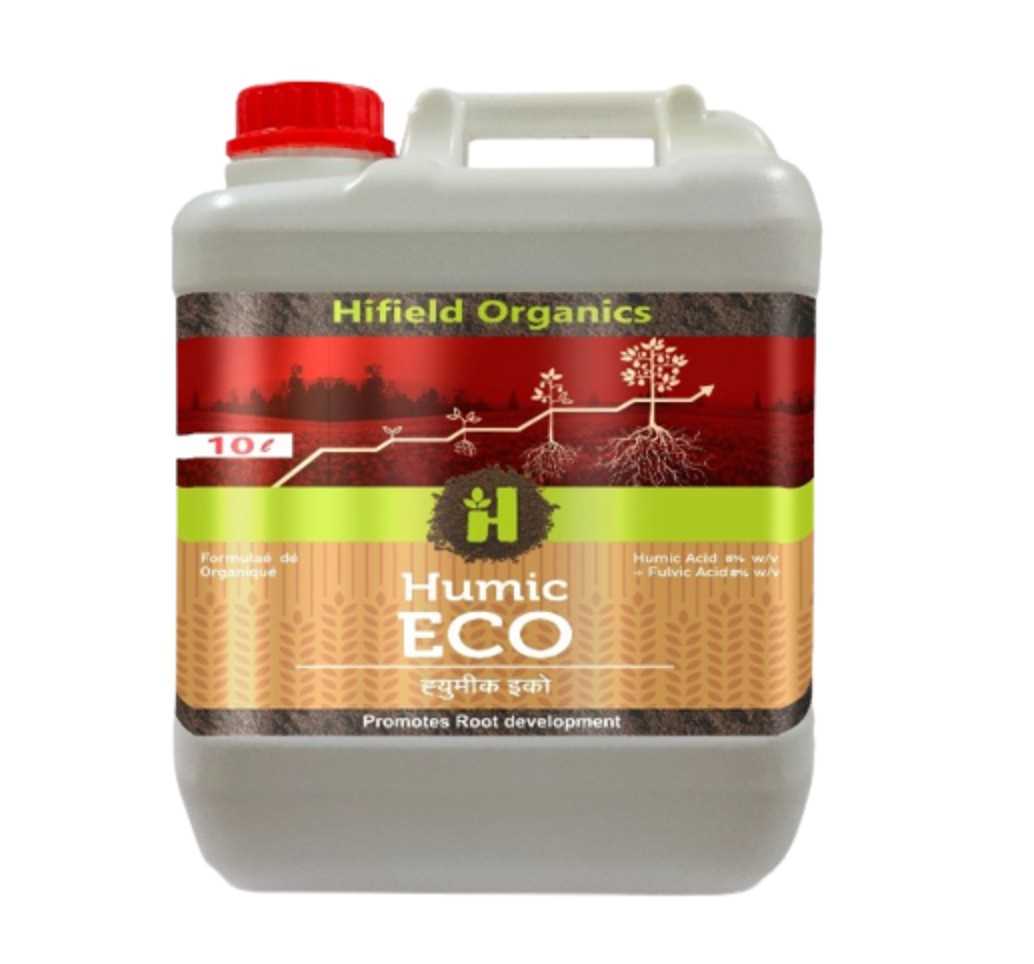
Humate solution can be used as a seed treatment to enhance germination, improve seedling vigor, and protect against soil-borne diseases. Seeds can be soaked in the humate solution before planting to provide a nutrient-rich environment for germination. This method is especially beneficial for starting plants in nutrient-deficient soils or challenging growing conditions.
4. Hydroponic Systems
In hydroponic systems, humate solution can be added directly to the nutrient solution. The humates help to enhance nutrient uptake, improve plant growth, and optimize the overall performance of the hydroponic system. The specific application method will depend on the type of hydroponic system being used.
5. Compost and Organic Fertilizer Enhancement
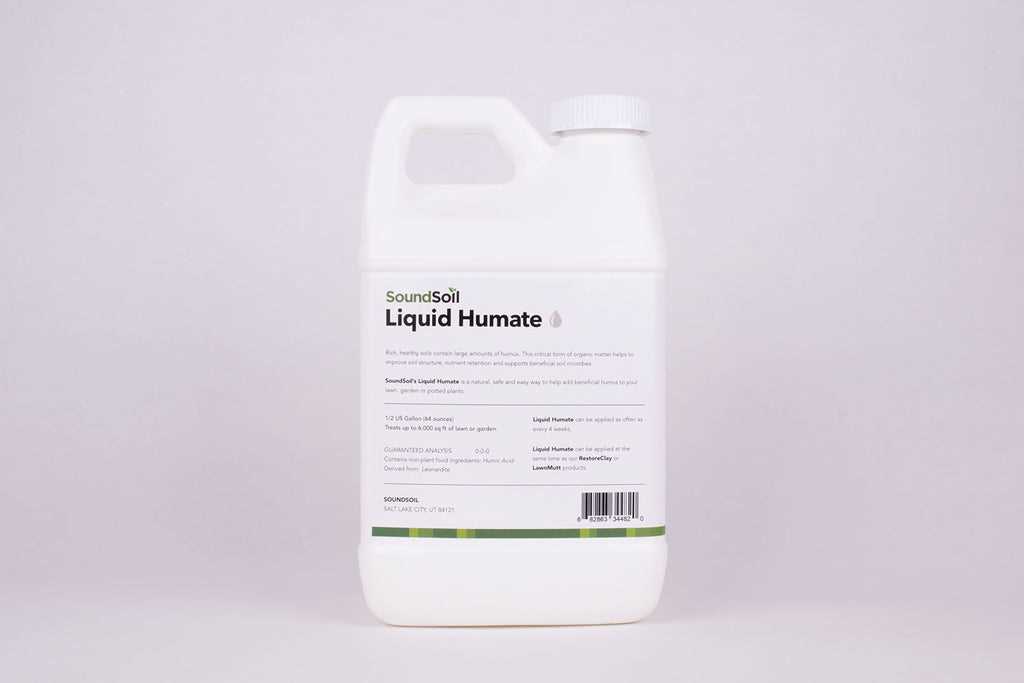
Humate solution can be added to compost piles or organic fertilizers to enhance their nutrient content and improve decomposition. The humates help to break down organic matter more efficiently, release nutrients, and increase microbial activity. This method is beneficial for improving the quality of compost and organic fertilizers for use in plant growth.
6. Seedling Transplant Solution
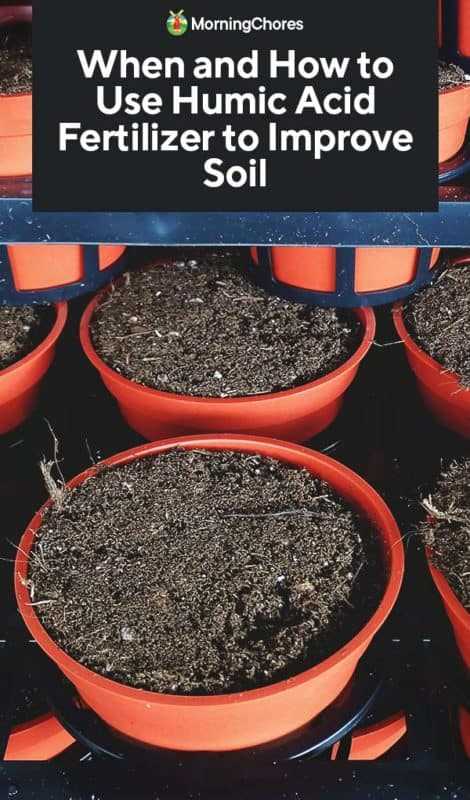
Before transplanting seedlings, they can be treated with a humate solution to facilitate root development, reduce transplant shock, and stimulate early growth. The seedlings can be soaked in the solution or have the solution applied to the root ball before planting. This method helps to establish strong and healthy plants after transplantation.
When applying humate solution to plants, it is important to follow the recommended dilution rates provided by the manufacturer. Over-application can potentially harm the plants, so it is crucial to use the correct amount and frequency based on the specific needs of the plants.
Q&A:
What are humates and how do they benefit plants?
Humates are organic compounds that are formed from decomposed plant and animal matter. They are rich in humic substances, which provide numerous benefits to plants. Humates help improve soil structure, increase nutrient uptake, stimulate root growth, enhance microbial activity, and enhance overall plant health and productivity.
How do humates improve soil structure?
Humates improve soil structure by creating and stabilizing soil aggregates. They act as a natural cement, binding together soil particles and creating a crumb-like structure that allows for better water infiltration and drainage. This improved soil structure also helps prevent soil erosion and compaction.
Can humates be used on all types of plants?
Yes, humates can be used on all types of plants, including vegetables, fruits, flowers, and ornamentals. They are suitable for both indoor and outdoor plants and can be applied to gardens, lawns, potted plants, and even hydroponic systems. Humates are beneficial for plants at all stages of growth.
How do I prepare a humate solution?
To prepare a humate solution, you will need a humate product, such as humic acid or liquid humate concentrate, and water. Follow the instructions provided on the product label for the recommended dilution ratio. Typically, you will mix a certain amount of the humate product with a specific volume of water. Stir or shake the solution well to ensure proper mixing, and then apply it to your plants according to the recommended application rates.
Are there any precautions or considerations when using humates?
While humates are generally safe to use, there are a few precautions to consider. Avoid applying concentrated humate solutions directly to plant foliage, as they may cause staining or leaf burn. It is also advisable to test a small area or a few plants before applying humates extensively, especially if you are using them for the first time. Additionally, it is important to follow the recommended application rates and not exceed the recommended dosage, as excessive use may have negative effects on plant growth.







